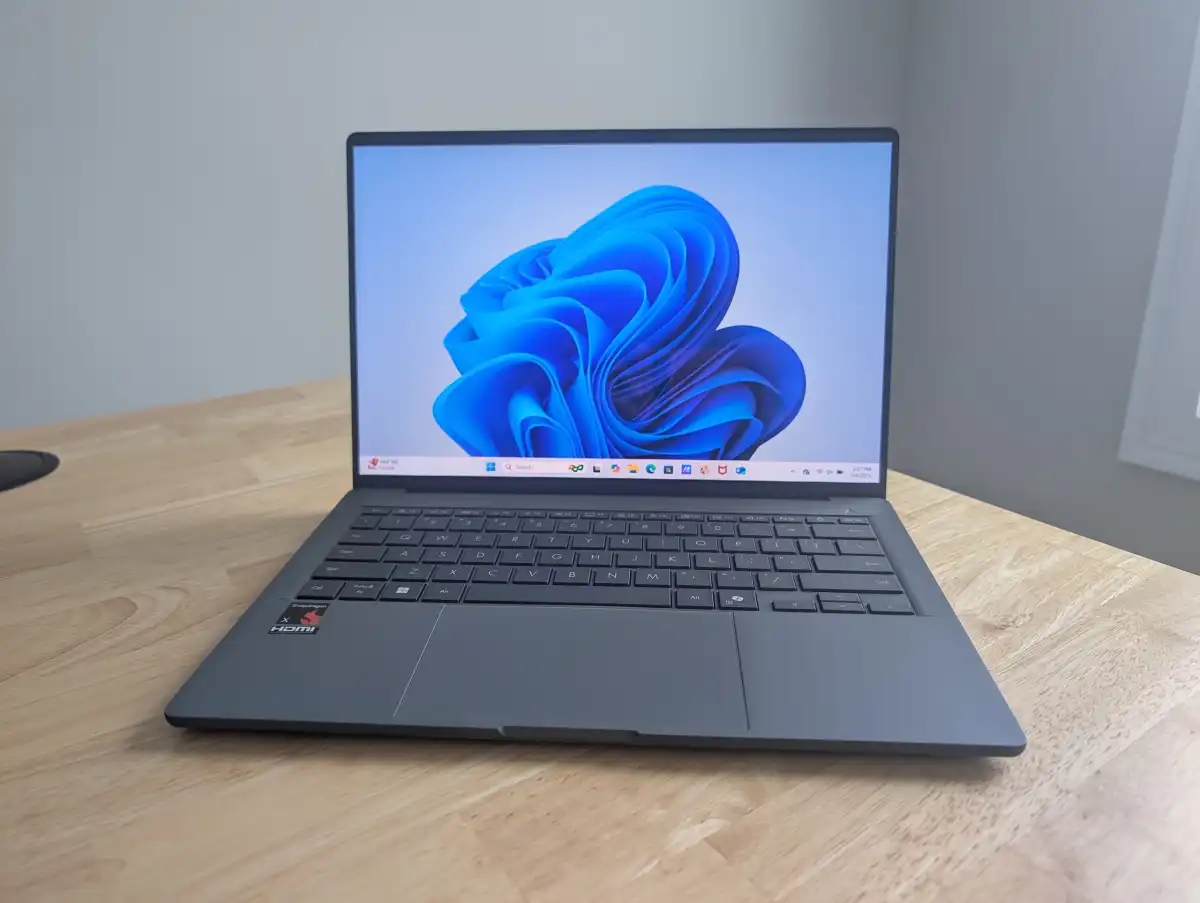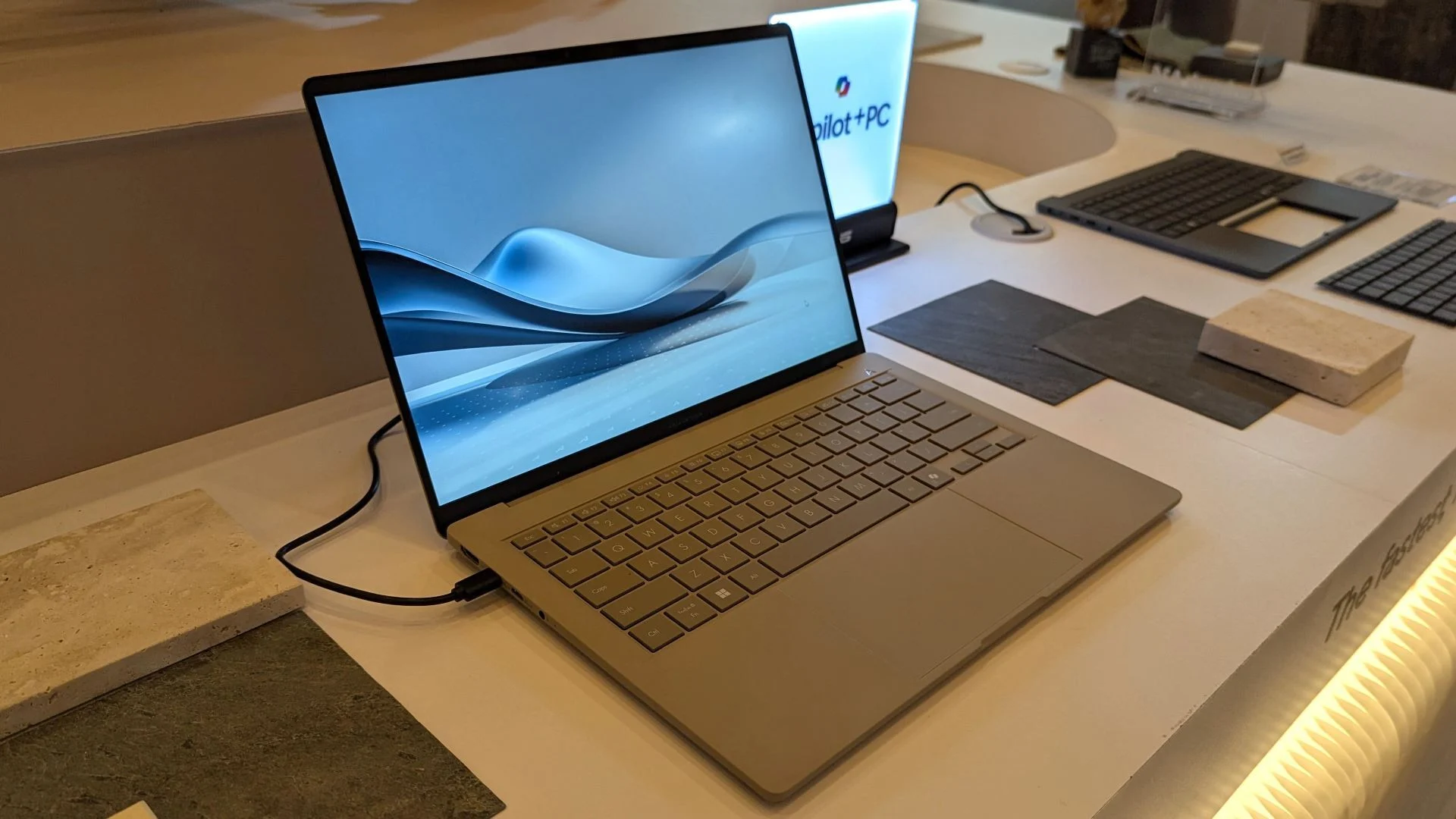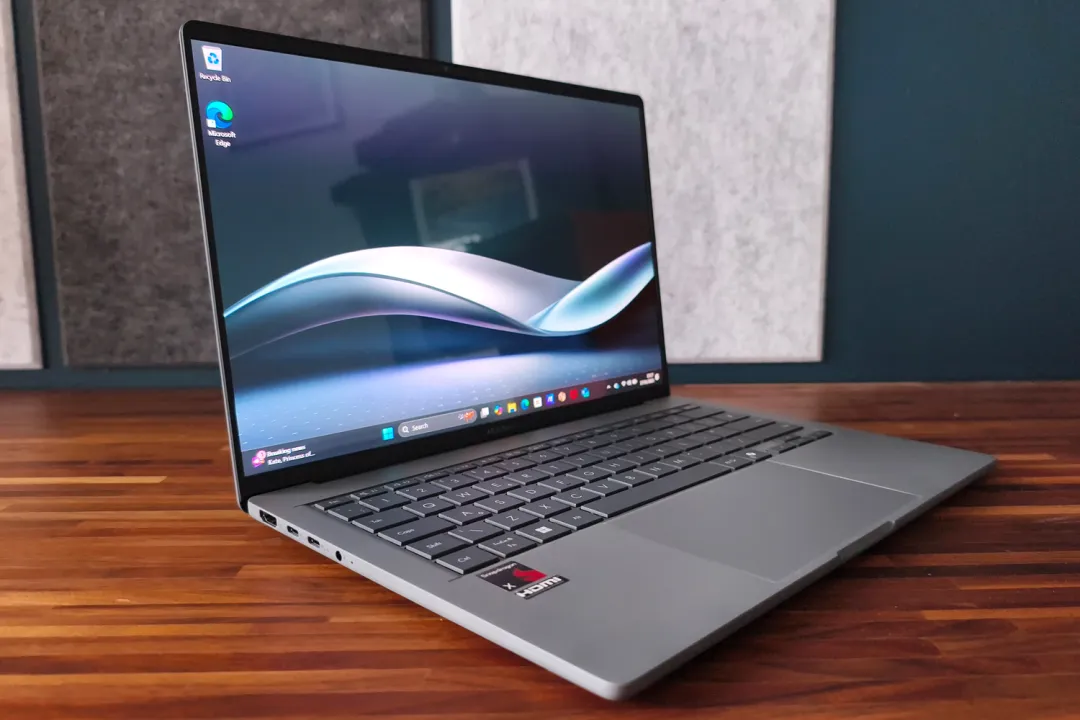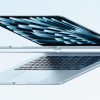The Asus ZenBook A14 is an ultra-light, ultra-portable Windows laptop that stands out thanks to its “Ceraluminum” chassis — a ceramic-coated aluminum that combines lightness and durability. Weighing just 2.16 pounds and boasting exceptional battery life, it appears ideal for on-the-go use. However, its major drawback lies in performance: Asus paired this $1,200 laptop with the slowest Qualcomm Snapdragon X chip, raising questions about its value proposition.
Despite the premium price tag, the ZenBook A14’s performance is underwhelming. The Snapdragon X X1-26-100 processor was originally aimed at much cheaper $600 laptops. While the chip conserves power and helps with battery longevity, it delivers limited performance, especially for tasks beyond web browsing and document editing. This makes the machine suitable only for a narrow group of users who prioritize battery life over computing power.
The ZenBook A14 (model UX3407QA) includes 32GB of LPDDR5X RAM, 1TB PCIe 4.0 SSD storage, an OLED display (1920×1200, 60Hz), and connectivity via USB-C, HDMI 2.1, and Wi-Fi 6E. It also includes an IR camera for Windows Hello, a 1080p webcam, and a generous 70Wh battery. While many of these specs seem top-tier, the underperforming processor ultimately anchors the system below expectations for its price class.

Lightweight Design, Solid Display, Average Inputs, But Lacking That Premium Laptop Feel
The design is one of the most appealing aspects of the ZenBook A14. The “Ceraluminum” material keeps it incredibly lightweight while still promising durability. That said, it lacks the premium feel of traditional metal laptops. The machine feels almost like a hollow plastic device, which may be off-putting for those expecting a more solid, metallic experience. Nonetheless, it is undeniably easy to carry and use one-handed.
The keyboard and trackpad are serviceable but unremarkable. Key travel is modest at 1.3mm and slightly squishy, falling short of the tactile feedback found in high-end keyboards like those on ThinkPads. The trackpad is a good size and responsive, although a haptic touchpad would have made it more modern and user-friendly. These input devices are fine for typical use, but they don’t add much to the premium feel.
Equipped with a 14-inch OLED panel, the ZenBook A14’s display offers great color and contrast, but its 60Hz refresh rate feels limiting for a laptop in this price tier. The lack of touch support also makes it feel dated. Audio-wise, the speakers are loud enough for calls and YouTube, but bass is lacking — a common issue in thin-and-light laptops. Headphones are recommended for a fuller media experience.

Reliable Webcam, Decent Connectivity, Acceptable Performance, and Incredible Battery Life in One Package
The 1080p webcam is surprisingly good, producing a crisp and clear picture suitable for video conferencing. The microphone is adequate, though not outstanding. For security, the IR camera supports fast and accurate facial recognition via Windows Hello, making it easy to log in. However, there’s no fingerprint reader, which might disappoint users who prefer fingerprint-based authentication.
The port selection is basic but sufficient for most users. It includes two USB-C ports (one used for charging), a USB-A port, HDMI 2.1 output, and a headphone jack. While that’s decent for such a slim machine, users needing more connectivity options will have to rely on dongles or a hub. Wireless features include Wi-Fi 6E and Bluetooth 5.3, aligning with modern standards.
In day-to-day tasks, the ZenBook A14 performs acceptably for basic productivity. However, benchmarks reveal its shortcomings: in Cinebench and 3DMark tests, it trails behind other Snapdragon-powered laptops. Even Snapdragon X Plus and Elite machines — many at similar or lower prices — deliver significantly better CPU and GPU performance. This makes the A14 a poor choice for demanding apps or multitasking beyond simple workloads.
Battery life is where the ZenBook A14 shines, lasting a staggering 24 hours in video playback tests. This endurance is impressive, especially considering its featherweight design. Still, the trade-off in performance is hard to justify at a $1,200 price point. Users looking for a balance of power and portability would likely be better off with alternatives like the Surface Laptop 7. Yet for battery-conscious minimalists, the ZenBook A14 could be the perfect fit — if they can overlook its sluggish processor.




